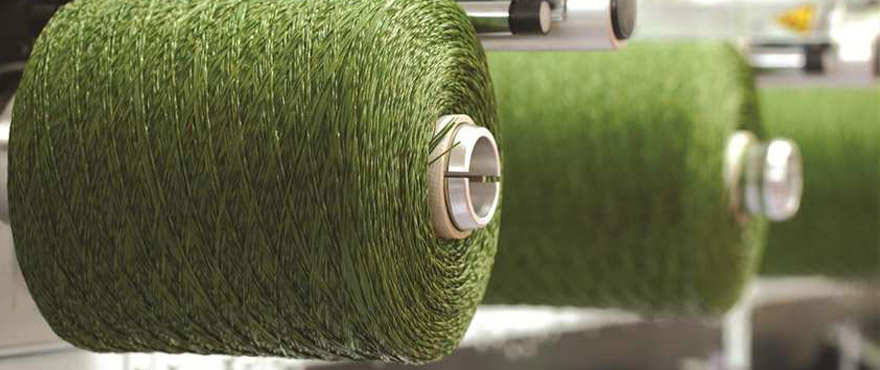Researchers at Eli Lilly and Company concluded in a recently published article that Phase 3D-QSAR is more predictive than Catalyst HypoGen. The authors found that in most cases, Phase's results were better and the predictive model was more reliable than Catalyst HypoGen.
In the lead compound optimization process, it is more difficult and more challenging to arrange the compounds correctly than to distinguish whether a compound is active. There are many different methods for establishing QSAR models. Lilly researchers believe that 3D-QSAR based on pharmacophores can not only facilitate the analysis of models, but also make it easier to design other compounds. Because of the short cycle time, this has an advantage in lead compound optimization projects.
Researchers pay attention to the practicability of the software. When using Phase and Catalyst HypoGen to build the 3D-QSAR model, they basically chose the default parameters of the software and the automatic pipeline working procedure, so that they simulate the usual system conditions and the direct application ability of the software.
The researchers also paid attention to the combination of data sets. First, they selected 8 drug targets. The experimental activity data of each target compound comes from the same reliable literature. At the same time, the selected compound and the general lead compound optimization project may have similar molecules. When establishing the QSAR model, the software automatically selects the training set to eliminate subjective deviations.
After using each software to establish the optimal hypothesis for each target, they found that the results of Phase were the same as or better than Catalyst HypoGen. Not only 7 of Phase's 8 target models got equal or higher R2 but also 7 of 8 targets got better rp values. The authors believe that the advantages of Phase mainly come from the atom-based 3D-QSAR scoring grid. Phase can build atom-based or feature-based QSAR, while Catalyst can only build feature-based QSAR.
The researchers point out that expert users can obtain better results by adjusting the limits or other parameters of the training set.
In any case, new compounds are often added to the data set in lead compound optimization projects, and we need a QSAR tool to guide drug development as soon as possible. The pipeline program described in the article is quite important. The conclusion of Eli Lilly's research staff: 'Phase performance is better or equivalent than Catalyst HypoGen'. Explain that when choosing this tool, Phase is a sensible choice.
For the original text, please refer to: Evans, DA; Doman, TN; Thorner, DA; Bodkin, MJ, "3D QSAR Methods: Phase and Catalyst Compared", J. Chem. Inf. Model, 2007, 47 (3), 1248-1257.
Artificial grass yarn provide the look and feel of an artificial grass surface and are an important part of a sports system to help ensure it meets various performance characteristics. The quality of synthetic turf fiber is therefore essential for a quality surface. Technical details such as microns, dtex, shape, colour or polymer grade do not, by themselves, determine the overall quality of the turf fiber, but the ability to design optimal synthetic grass fiber in combination with advanced extrusion technology is what determines the quality of the yarns.

Artificial Grass Yarn,Artificial Grass Sand Infill,Sand For Astroturf,Artificial Turf Filler
JIANGSU WMGRASS CO., LTD. , https://www.wmgrasslawns.com